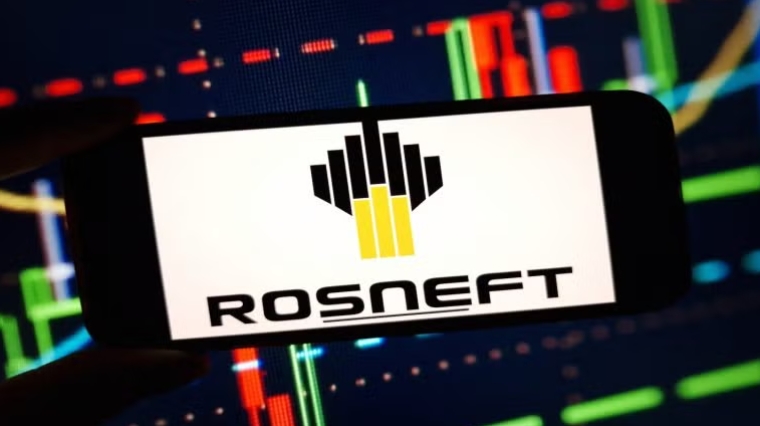
The country aims to secure up to a 12% share of the global rare earth market by 2030.
The move aligns with a directive from Russian leadership to accelerate the Tomtor project’s development, aiming to enhance self-sufficiency in critical minerals essential for manufacturing mobile phones, electric vehicles, and defense components. Russia, with an estimated 3.8 million tonnes of rare earth reserves, ranks fifth globally, according to the US Geological Survey. The country seeks to capture a 12% share of the global rare earth market by 2030, positioning itself among the top five producers.
Previously, businessman Alexander Nesis, through his IST group, held a 75% stake in ThreeArc Mining, the initial operator of Tomtor, while Polymetal, a gold and silver producer, owned a 9.1% share. Control later shifted to Vladislav Resin, a former IST manager, before Rosneft’s recent acquisition. In November 2024, delays in the project prompted calls for increased investment or state support to advance development.
The Tomtor project is a key part of Russia’s strategy to strengthen its rare earth sector, reducing reliance on external suppliers. This initiative complements broader industry efforts, such as the Russian state bank VEB’s announcement last month to invest over 1.1 trillion rubles in the Baimskaya copper mine in Chukotka, highlighting a focus on domestic resource development.
By securing full control of Tomtor, Rosneft aims to contribute to sustainable economic growth in Siberia while meeting global demand for rare earth metals through efficient and responsible mining practices.